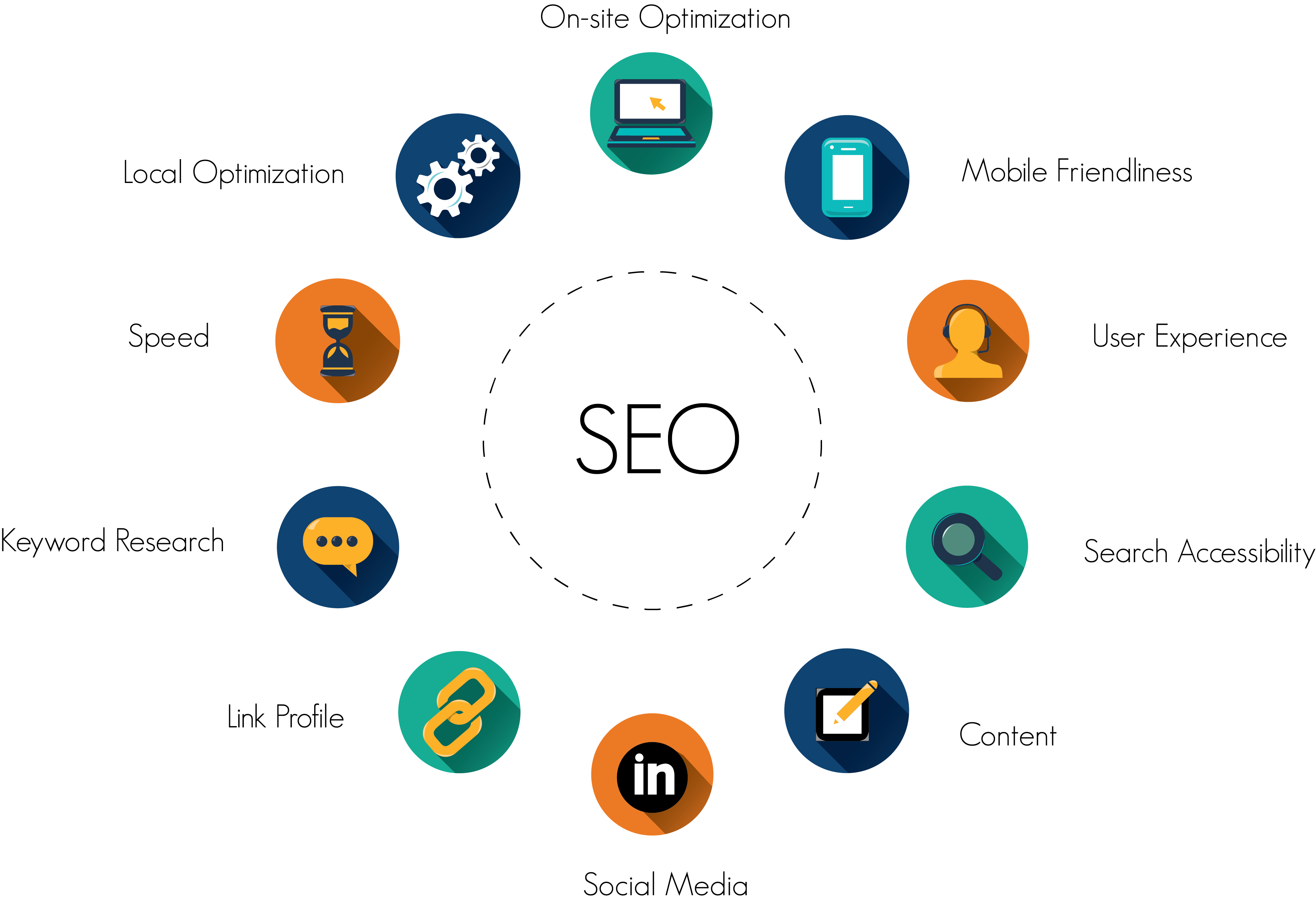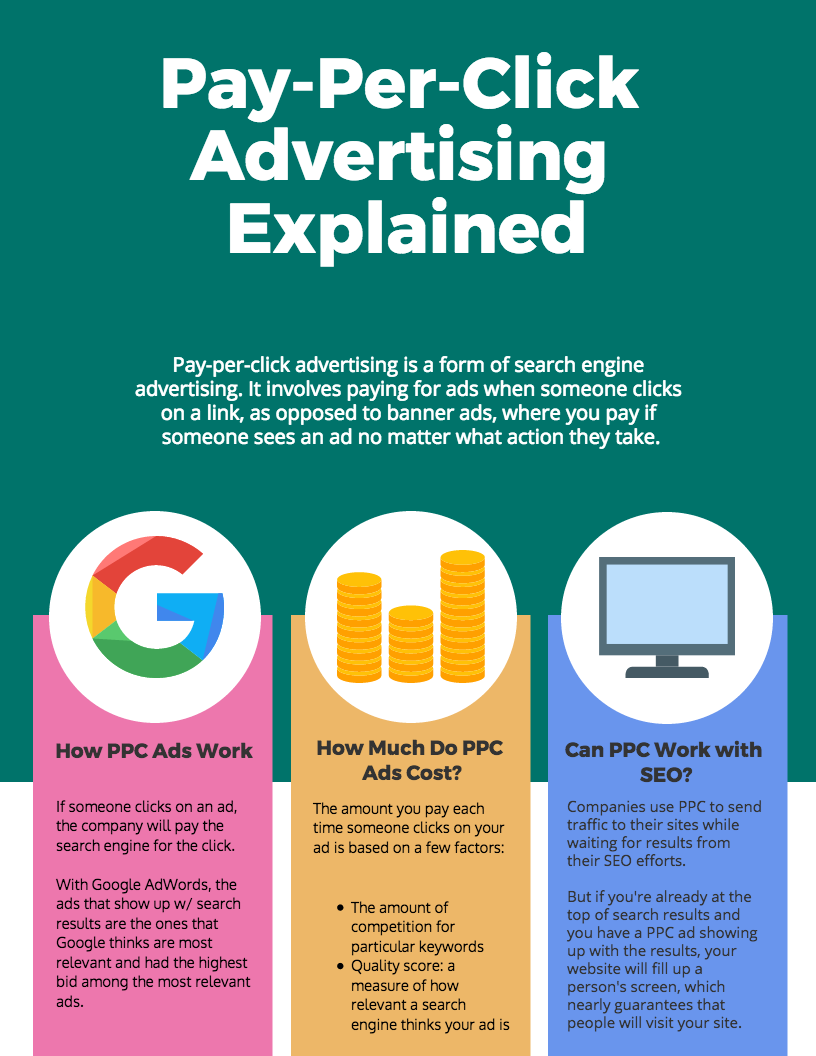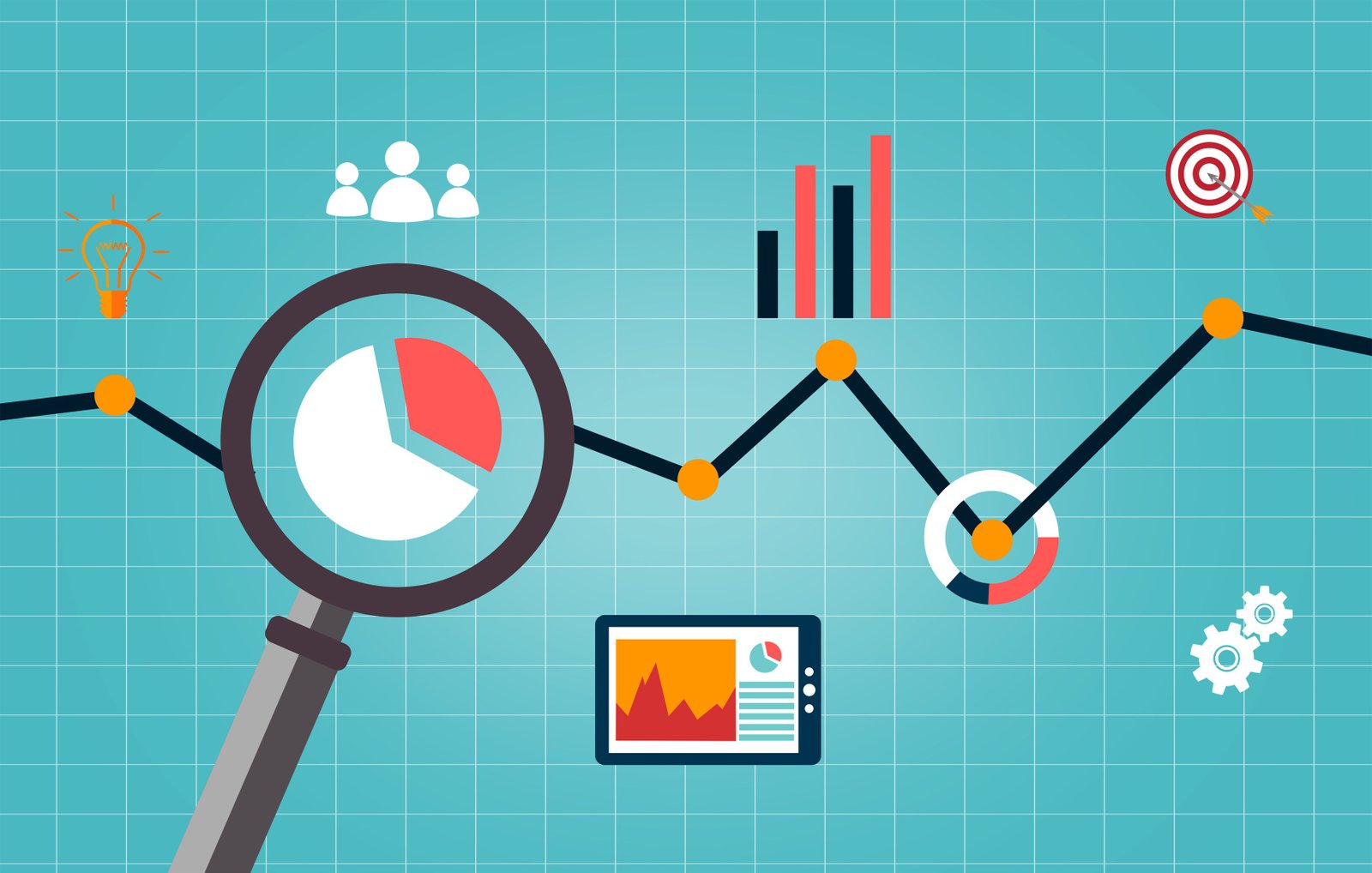DIGITAL MARKETING Presentation
| Introduction to Digital Marketing | ||
|---|---|---|
| Digital marketing refers to the promotion of products or services through online channels. It encompasses various tactics, such as search engine optimization (SEO), social media marketing, email marketing, and content marketing. Digital marketing allows businesses to reach a wider audience, increase brand visibility, and drive conversions. | ||
| 1 | ||
| Importance of Digital Marketing | ||
|---|---|---|
| Digital marketing allows businesses to target specific demographics and reach their ideal customers more effectively. It offers measurable results, allowing businesses to track their performance and make data-driven decisions. Digital marketing provides a cost-effective way to promote products or services, especially for small businesses with limited budgets. | ||
| 2 | ||
| Search Engine Optimization (SEO) | ||
|---|---|---|
| SEO is the practice of optimizing a website to improve its visibility on search engine result pages. It involves keyword research, on-page optimization, and link building to increase organic traffic. SEO helps businesses rank higher on search engines, leading to increased website traffic and brand exposure. | ||
| 3 | ||
| Social Media Marketing | ||
|---|---|---|
| Social media marketing involves promoting products or services on social media platforms, such as Facebook, Instagram, and Twitter. It allows businesses to engage with their target audience, build brand loyalty, and drive website traffic. Social media marketing also offers opportunities for paid advertising and influencer partnerships to expand reach. | ||
| 4 | ||
| Email Marketing | ||
|---|---|---|
| Email marketing involves sending targeted messages to a group of individuals who have opted-in to receive updates from a business. It is an effective way to nurture leads, build relationships with customers, and drive conversions. Email marketing can be personalized, automated, and offers high ROI when executed correctly. | ||
| 5 | ||
| Content Marketing | ||
|---|---|---|
| Content marketing focuses on creating and distributing valuable, relevant, and consistent content to attract and retain a target audience. It includes blog posts, videos, infographics, and other forms of content that provide value to the audience. Content marketing helps businesses establish authority, increase brand awareness, and generate leads. | ||
| 6 | ||
| Pay-Per-Click (PPC) Advertising | ||
|---|---|---|
| PPC advertising involves placing ads on search engines or other websites and paying only when a user clicks on the ad. It allows businesses to target specific keywords, demographics, and locations to reach their ideal customers. PPC advertising offers immediate visibility and can be highly effective for driving website traffic and conversions. | ||
| 7 | ||
| Mobile Marketing | ||
|---|---|---|
| Mobile marketing focuses on reaching and engaging with users on mobile devices, such as smartphones and tablets. It includes tactics like mobile-optimized websites, mobile apps, SMS marketing, and location-based targeting. Mobile marketing is essential as the majority of internet users now access the web through mobile devices. | ||
| 8 | ||
| Analytics and Measurement | ||
|---|---|---|
| Analytics tools, such as Google Analytics, allow businesses to track and measure the performance of their digital marketing efforts. They provide insights into website traffic, user behavior, conversions, and ROI. Analytics help businesses understand what is working and what needs improvement, enabling them to optimize their digital marketing strategies. | ||
| 9 | ||
| Conclusion | ||
|---|---|---|
| Digital marketing has become an essential component of a successful marketing strategy in today's digital age. It offers businesses the opportunity to reach a wider audience, increase brand visibility, and drive conversions. By utilizing various digital marketing tactics, businesses can stay competitive, adapt to changing consumer behavior, and achieve their marketing goals. | ||
| 10 | ||









